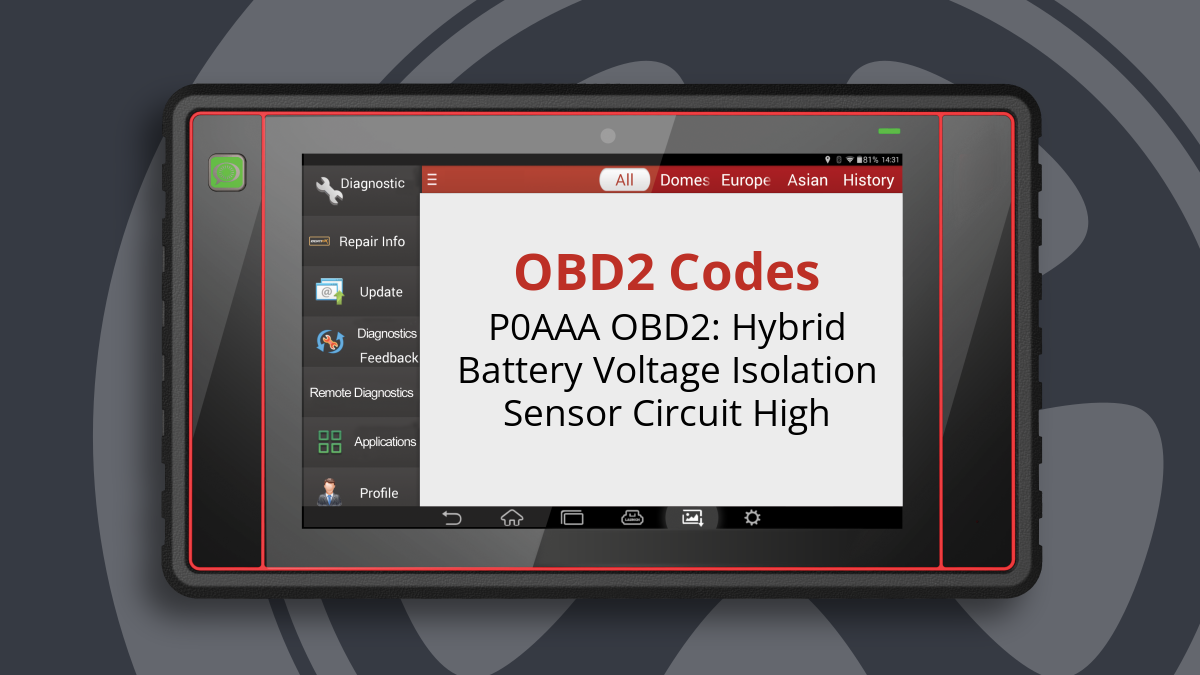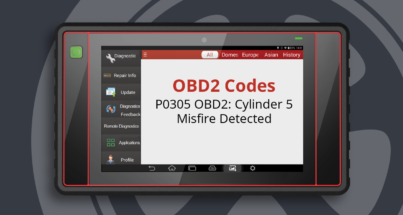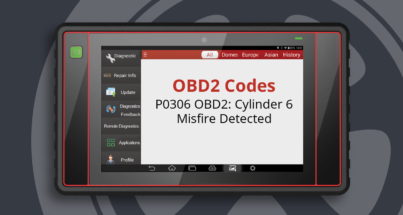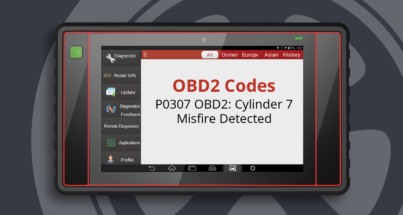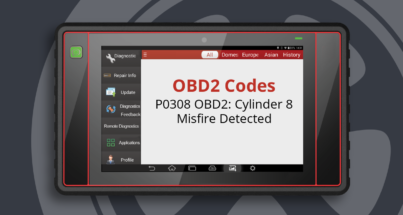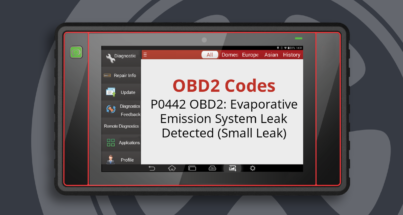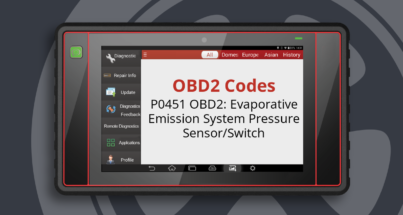The P0AAA OBD-II code indicates a critical issue regarding the Hybrid Battery Voltage Isolation Sensor Circuit. This code is associated with hybrid vehicles and signifies that there is an abnormality in the battery voltage isolation sensor, which is essential for the safe operation of the high voltage system.
What Does the P0AAA Code Mean?
The P0AAA code means that the Hybrid Battery Voltage Isolation Sensor Circuit is reporting a high reading. This sensor is part of the battery control module and is responsible for monitoring the separation between the high voltage and low voltage systems within the vehicle. A fault in this circuit can lead to the high voltage system being disabled, which can affect the vehicle’s performance.
What Causes the P0AAA Code?
Several factors can trigger the P0AAA code, including:
- Failure of the Battery Smart Unit
- Faulty wiring or connections within the battery voltage isolation sensor circuit
- Issues with the battery control module
When the battery voltage isolation sensor fails, it can lead to a situation where the high voltage system may not operate correctly, resulting in this OBD-II code being set.
What Are the Symptoms of the P0AAA Code?
Common symptoms associated with the P0AAA code include:
- The high voltage system may not operate
- The vehicle will not charge
These symptoms can significantly affect the drivability of the vehicle, particularly in hybrid models that rely on the high voltage system for propulsion.
How Serious Is the P0AAA Code?
The P0AAA code is classified as urgent. Failure to address this code can lead to severe damage to the vehicle’s high voltage system or pose safety risks to the driver and passengers. Immediate action and diagnosis are recommended to prevent further complications.
How to Diagnose the P0AAA Code
To diagnose the P0AAA code, a mechanic will typically follow these steps:
- Use an OBD-II scanner to retrieve the fault code and any accompanying codes.
- Inspect the battery voltage isolation sensor and its wiring for any visible damage or corrosion.
- Test the Battery Smart Unit to ensure it is functioning correctly.
- Check the battery control module for faults.
A thorough diagnosis is essential to pinpoint the exact cause and determine the necessary repairs.
Common Repairs for the P0AAA Code
Common repairs associated with the P0AAA code may include:
- Replacing the Battery Smart Unit if it is found to be faulty
- Repairing or replacing damaged wiring or connectors in the battery voltage isolation sensor circuit
- Reprogramming or replacing the battery control module
Each of these repairs should be performed by a qualified technician to ensure proper handling of the high voltage systems.
How Much Does It Cost to Fix the P0AAA Code?
The cost to fix the P0AAA code can vary widely depending on the underlying issue. On average, repairs may range from $200 to $1,500. Replacing the Battery Smart Unit or the battery control module can significantly increase costs, while minor wiring repairs may be less expensive.
Can I Fix the P0AAA Code Myself?
While some aspects of diagnosing and fixing the P0AAA code may be attempted by an experienced DIYer, it is advisable to seek professional assistance. The high voltage systems in hybrid vehicles can be dangerous if not handled properly. A professional mechanic will have the necessary tools and knowledge to safely and effectively address the issue.


